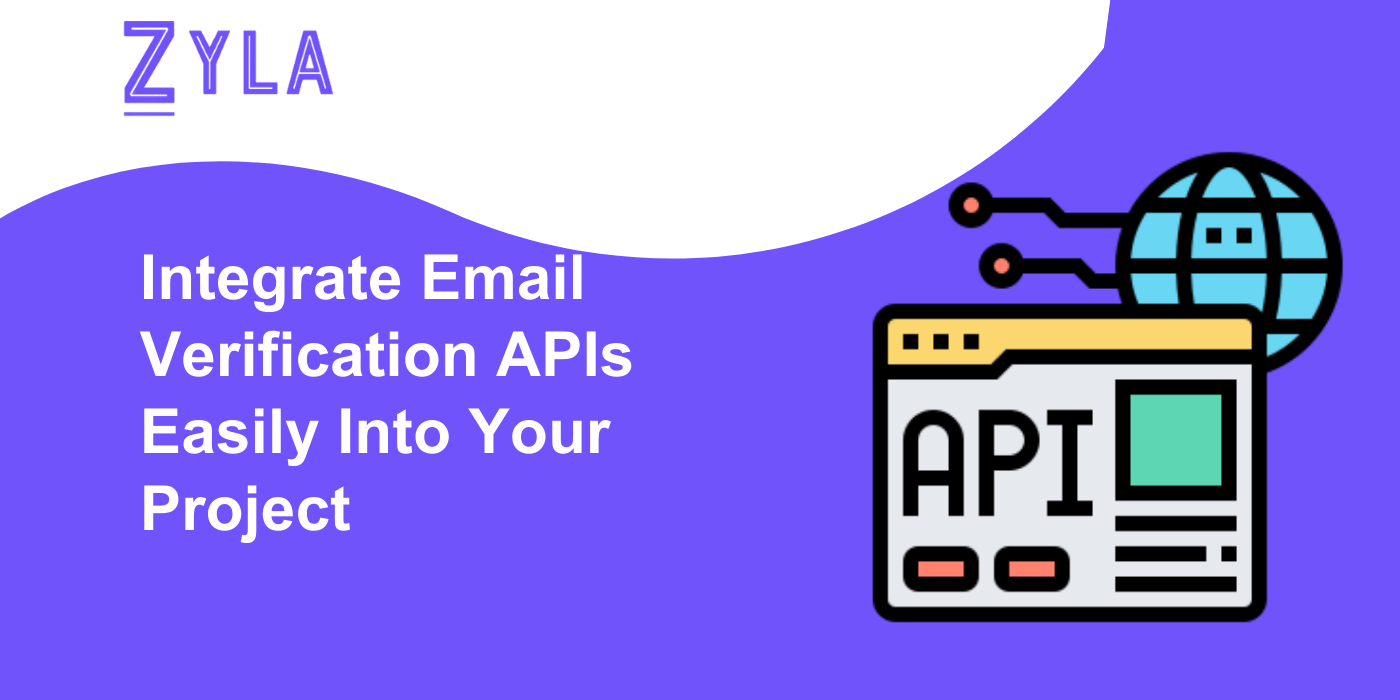Integrate Email Verification APIs Easily Into Your Project
API Hub: Find, Connect and Manage APIs!

Email Verification APIs are software tools that enable developers to validate email addresses by checking their syntax, domain validity, and existence. By integrating an Email Verification API into your project, you can automate the email validation process and ensure that only valid email addresses are stored in your database. This helps prevent bounce backs, improve deliverability rates, and enhance the overall quality of your contact lists.
Email Verification API into your project is a straightforward process that involves making API calls with the provided API key. Most API providers offer SDKs and code samples to help you integrate the API seamlessly.
Integrating Email Verification APIs into your project is a simple and effective way to ensure data accuracy and enhance the quality of your contact database. By following the steps outlined in this article and selecting a reliable API provider, you can streamline the email validation process, improve deliverability rates, and provide a better user experience for your audience. Embrace the power of Email Verification APIs to enhance the integrity of your project data and optimize your communication strategies.


Find, Connect, & Manage APIs using one account with a single API key.
Already registered? Login
Why choose Zyla API Hub?
Free Sign Up
7-day free trial - Try most APIs with a free 7-day trial!
Explore over 6,300 APIs across 30+ categories
Get 2 months free with yearly subscriptions!
Test any API with 3 free requests
10,000+ of the world's leading engineers and organizations rely on Zyla API Hub





Discover, connect, and manage APIs, all with a single account, one API key, and a unified SDK. Explore our vast catalog, access detailed documentation, and test endpoints seamlessly.